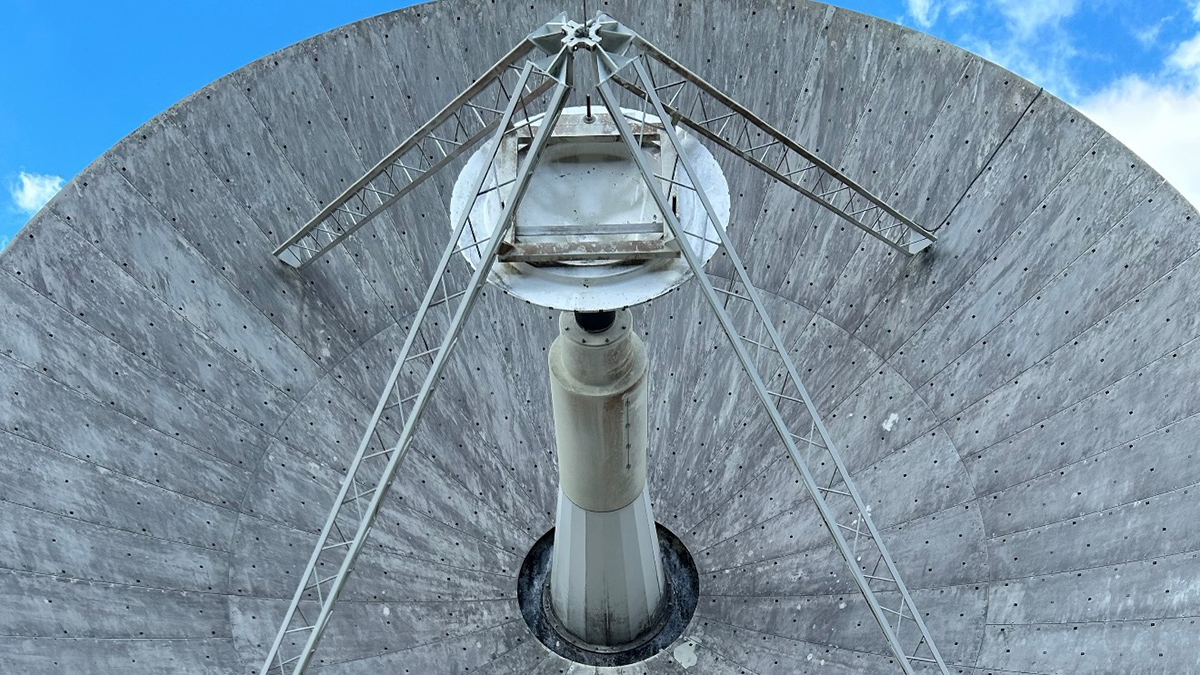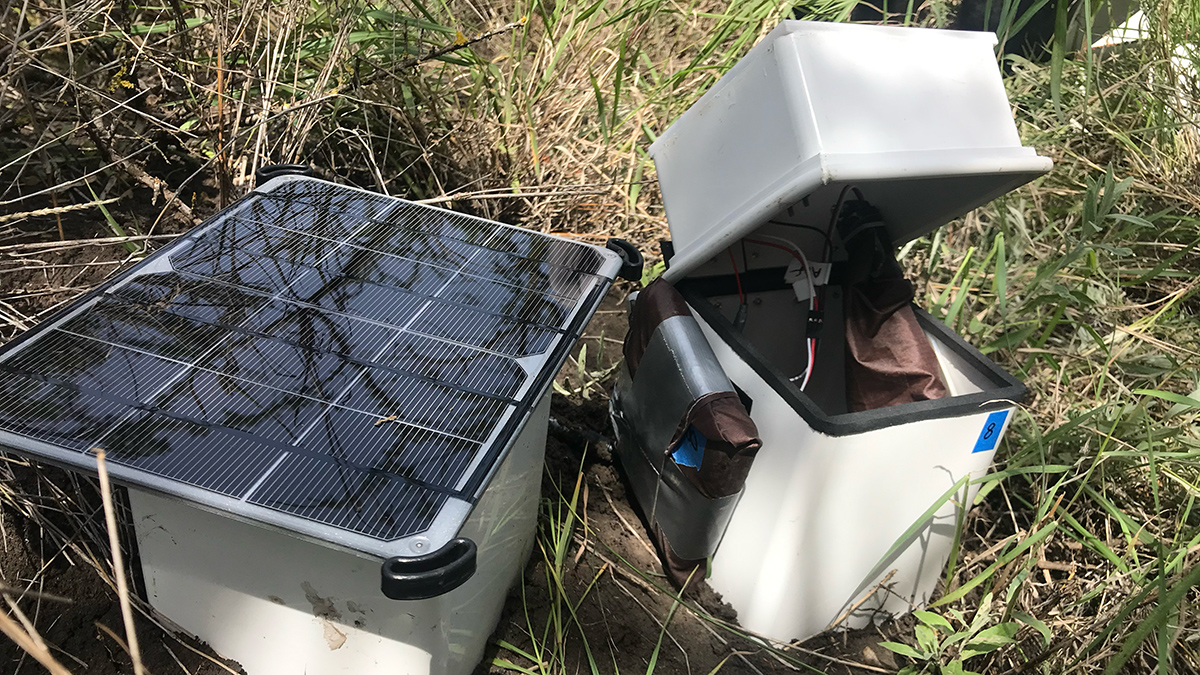Operadores de rádio amadores que estudam a física espacial e a atmosfera superior investigaram a resposta da ionosfera ao eclipse solar anular de 2023 usando transmissões de ondas curtas.
cool tools
Fiber-Optic Networks Could Reveal the Moon’s Inner Structure
Distributed acoustic sensing offers a cost-effective alternative to traditional seismic arrays, and building such a network on the Moon might be possible.
American Samoa’s Sinking Land Speeds Up Sea Level Rise
A new interactive tool is helping residents understand how their lands and homes are at risk.
Out With the Old, in With the Cold
A 12-meter telescope at the Arecibo Observatory gets outfitted with a wideband cryogenic system to expand its capabilities.
Stone Age Humans Chose Their Rocks with Care
Ancient humans possessed sophisticated knowledge of the properties of the stones they used to make tools.
Snapping Science in the Field
Snapchat, the multimedia messaging app, offers a range of features that make it an unexpectedly useful tool for geoscientists on the go.
Ionospheric Fireworks Illuminate Auroral Science
A sounding rocket experiment set off a spectacular nighttime light show over Scandinavia as it produced new insights into ionospheric behavior near an aurora.
Ecosystem Observations from Every Angle
Proximal remote sensing provides a bridge between ecosystem flux data at Earth’s surface and optical data from satellite sensors, improving our grasp of feedbacks between terrestrial ecosystems and climate.
Affordable Robots Measure Soil Respiration
Measuring soil carbon flux, also known as soil respiration, can be expensive or time-consuming. A set of affordable robots that gather these data autonomously could especially benefit the Global South.










